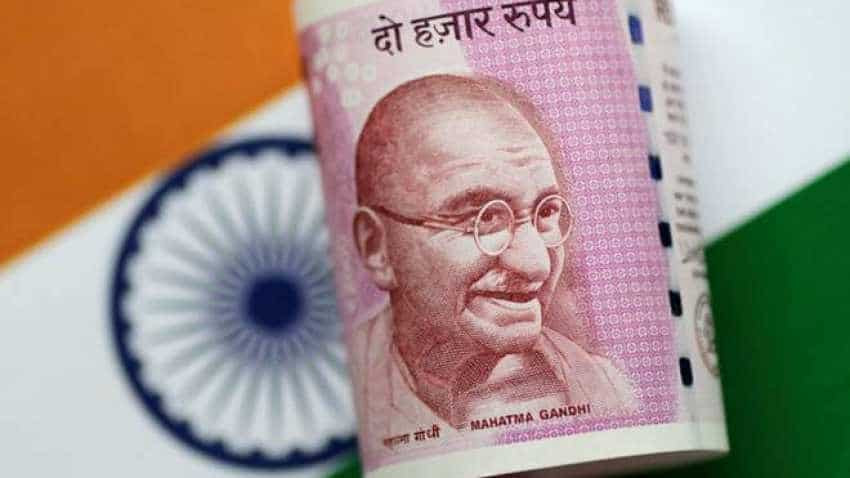PPF subscriber? 5 Public Provident Fund rules you might not be aware of
Even though the Public Provident Fund remains a popular investment option, there are several features of this scheme that are still unknown to users. Here are 5 such PPF rules.

Public Provident Fund or PPF investment is quite popular among investors. Major reason for its popularity is its risk-free nature and assured return guarantee. However, some people invest in PPF to save income tax outgo as well because under Section 80C of the Income Tax Act, one can claim income tax exemption benefit up on his or her investment up to Rs 1.5 lakh. Just like any other investment, PPF has certain rules too.
Speaking on the PPF investment Kartik Jhaveri, Manager — Wealth Management at Transcend Consultants said, "PPF investment is a risk-free investment and government of India announces interest rates on PPF on a quarterly basis. Currently, the interest rate on PPF is 7.9 per cent." He said that PPF investment qualifies an investor to claim income tax exemption benefit on up to Rs 1.5 lakh investment under Section 80C of the Income Tax Act. However, he said that there are several other rules that an investor might not be aware of.
See Zee Business Live TV streaming below:
Asked about the top 5 PPF rules that an investor might not be aware of, Manikaran Singh, a SEBI registered tax and investment expert listed out the following top 5 PPF rules:
1] A PPF account holder can invest from Rs 500 to Rs 1.5 lakh in PPF and a maximum number of investments that he or she can do her is 12. The monthly interest incurred on one's PPF account is calculated on the minimum balance left in the account in between 5th to the last day of the month. So, to maximise one's PPF returns, one needs to invest in his or her PPF account before the 5th of the month.
2] A PPF account has a tenure of 15 years but the account holder can renew his or her PPF account in 5-year blocks without investing further in the PPF account. However, it doesn't mean one can't withdraw money from the PPF in case of a financial emergency. A PPF account holder can close one's account prematurely if his or her PPF account has completed 5 years. But, the PPF account can be closed under special circumstances like financial emergency required by life-threatening disease to the account holder, spouse, dependent children of parents on producing the related documents. In the case of premature PPF account withdrawal and closure, there will be 1 per cent interest penalty on the PPF account withdrawal means 1 per cent of the interest return will be deducted as penalty for premature PPF account closure.
3] PPF account enjoys protection from court attachment means, if the PPF account holder has come under the stress of debt or liability, in such a situation, PPF account balance enjoys protection from the court attachment against any court decree or order of any court in respect to debt or liability of the PPF account depositor.
4] A PPF subscriber is allowed partial withdrawal from the 7th financial year and the amount of withdrawal is also tax-free. However, the withdrawal amount can't be above 50 per cent of the balance. Partial withdrawal in the PPF account is allowed to those also who have extended their PPF account beyond the 15 yeas tenure.
5] A PPF subscriber can extend one's PPF account after 15 years of maturity period. but, to extend the PPF account, one has to submit Form H within one year of the PPF account maturity. One can extend one's PPF account beyond 15 years in 5 years' block, which means not more than 5-year extension atone time. However, there is no limit on how many times a PPF account holder can extend one's PPF account. After 15 years of the maturity period, the PPF account holder may or may not continue deposit but he or she would continue to get the interest on one's balance as per the interest rules.
01:49 PM IST






 SBI PPF Account: Is premature withdrawal allowed in SBI Public Provident Fund? Here is what onlinesbi.com says
SBI PPF Account: Is premature withdrawal allowed in SBI Public Provident Fund? Here is what onlinesbi.com says PPF vs NPS: Why you should choose National Pension System ahead of Public Provident Fund
PPF vs NPS: Why you should choose National Pension System ahead of Public Provident Fund PPF and NSC account holders? This trick will help you fix your maturity amount, save income tax too
PPF and NSC account holders? This trick will help you fix your maturity amount, save income tax too Mutual Funds, PPF, NPS to gold — Your powerful guide to accumulate money
Mutual Funds, PPF, NPS to gold — Your powerful guide to accumulate money PPF vs Sukanya Samriddhi Yojana vs Kisan Vikas Patra vs other small saving schemes: Make money, get over 7 pct interest rates, risk free
PPF vs Sukanya Samriddhi Yojana vs Kisan Vikas Patra vs other small saving schemes: Make money, get over 7 pct interest rates, risk free